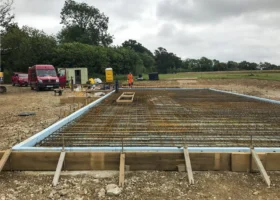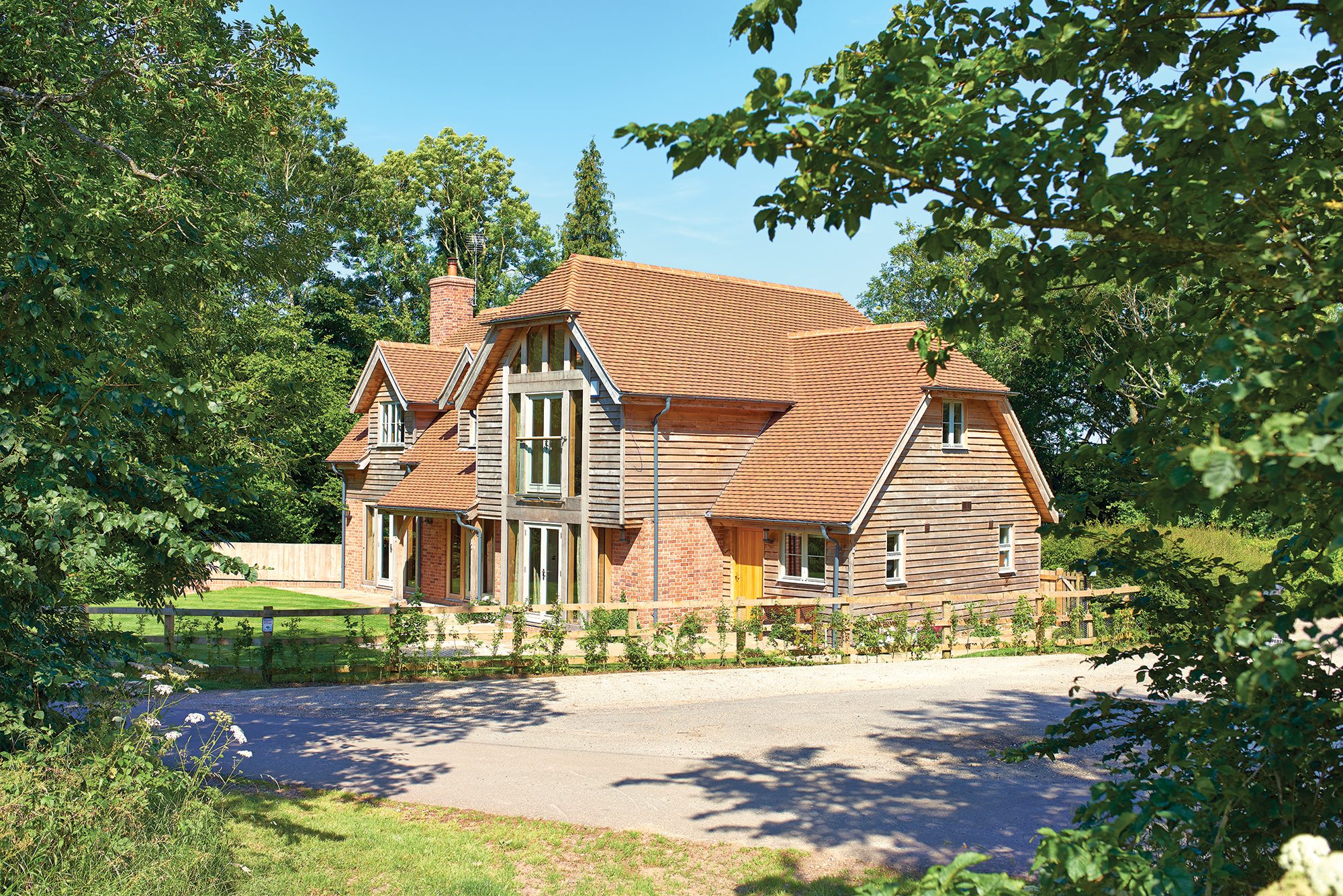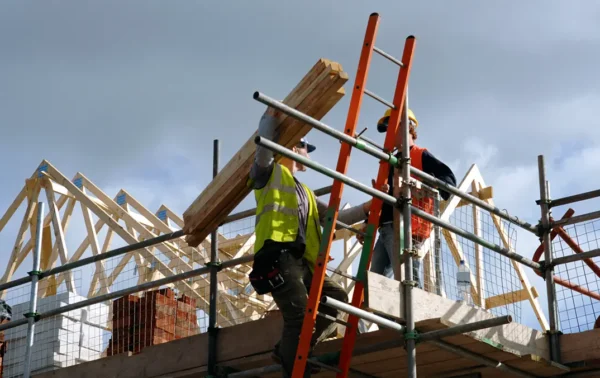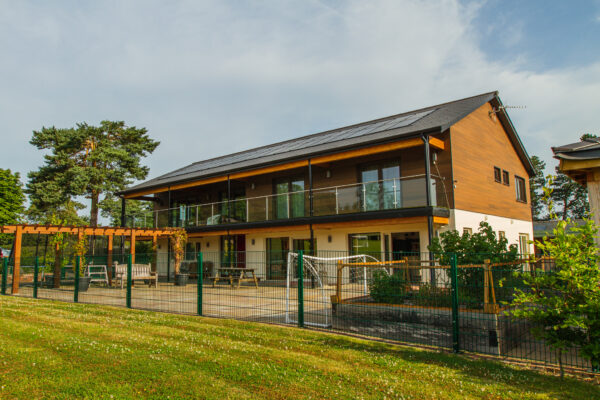The Department for Communities and Local Government (DCLG) has released fresh Planning Practice Guidance (PPG) to trigger a change in the way local authorities plan for self and custom build housing.
The introduction of the Right to Build in 2016, via the Housing and Planning Act, saw councils have a duty to keep a register of people wanting to build their own homes and then provide sufficient serviced plots to meet that demand within three years.
The National Custom and Self Build Association (NaCSBA) announced last year that over 18,000 individuals had signed up to local registers (a figure that will have increased significantly since), showing that there is significant interest in self and custom build. This enthusiasm isn’t mirrored by the 8% of new homes that the sector currently delivers in the UK.
The updated PPG seeks to clarify the Housing and Planning Act’s definition of self and custom build as schemes where the initial owner of the home will have primary input into its final design and layout. “Councils have been asking exactly what both self-build and custom build are. This definition means game-playing by developers can be avoided. They can’t just argue that an off-plan sale is self-build,” says Mario Wolf, director of NaCSBA’s expert task force.
The guidance also sheds light on what qualifies a site as a serviced plot, an area of the Right to Build scheme that was, until now, vaguely defined.
The PPG introduces two criteria for exemption from the requirement to meet the demand for plots. Firstly, given sufficient justification based on recognised local issues, local authorities (LAs) can split their register into local and non-local sign-ups. In these cases, only local registrants will count towards the need that they are required to fulfill.
Secondly, if demand for self-build plots exceeds 20% of an authority’s local housing target, it is able to apply for an exemption. The danger here is that LAs may be made immune from meeting demand where there is the greatest need. However, the DCLG is expected to allow few exemptions – even when they are granted the duty to use the register to inform planning policy will remain.
The latest guidance helps to illuminate the procedure of recording interest in self and custom build. We now look to see whether LAs are able to respond to this information and deliver the needed boost to available serviced plots. There is still a need for advice with regards to this second stage. Hopefully, the expertise of NaCSBA’s Self-Build Task Force will help to inform local policy and deliver meaningful results.





























































































 Login/register to save Article for later
Login/register to save Article for later












Comments are closed.